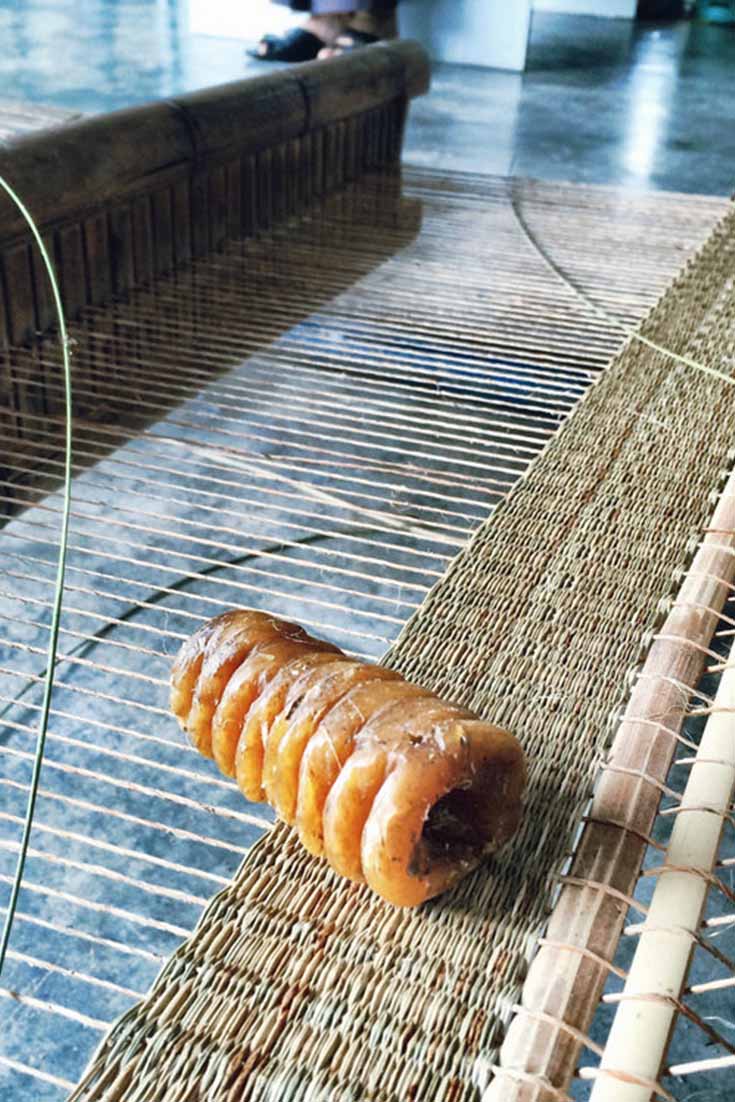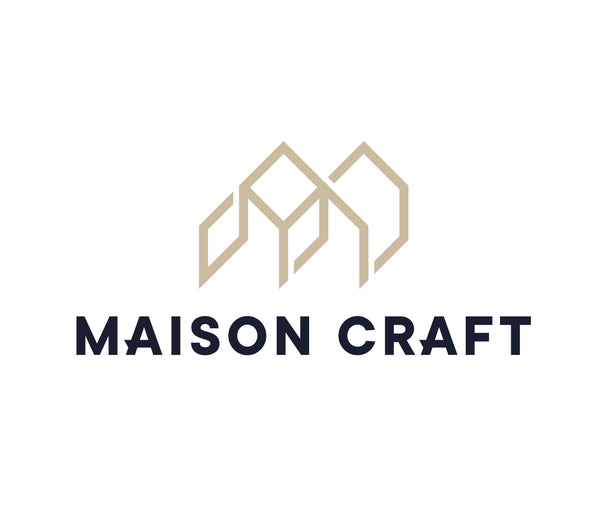
BEFORE IT BECAME "JUTE MAT"
Share
It is rarely find the information of Jute mat in Thailand since the planting area is quite limited in certain area. Jute is used as a structure(warp) of reed/sedge mat, however, it is more common to use nylon as a warp due to cost control, complexity of production process, and limited material in some area. Do you know that we always confuse between Kenaf and jute which they are totally different?


1. Kenaf
In Scienctific name: Hibiscus spp., Hibiscus cannabinus
This category is widely made paper, robe, rice sack.
2. Jute
In Scienctific name: Corchorus capsularis
This is the raw material we make placemats and mat in Chantaburi. It is not being known that Chantaburi's artisans weave this jute mat since the stiffness of the yarn tend to make more troublesome then sedge.
What is the history?
In the historical research of reed mat in the attached references, it shows that Her Majesty the Queen of King Prajadhipok has studied the process of reed mat when she lived in Chantaburi. Reed mat is believed that it belongs to Vietnamese. She tried to experiment by developing the mat to other uses because mat making is diminish from the community since Vietnamese have turned to jewellers. She is a leader who try to sustain this craft technique and promoted to all villagers, and that is the beginning of mat industry in Chantaburi.
In that old days, nobody knows about nylon as an alternative material of jute. Jute is a natural material that is generally found in Chataburi and other places in Thailand. Mat makers has been taught to use jute as a warp for mat making.
Why do we use jute rather than kenaf or Nylon?
1. Kenaf has not been planted in Chantaburi. It is common to the north east to plant kenaf for rice sack industry.
2. The flexibility of kenaf is less flexible than jute which means jute is much stronger material.
3. Nylon does not last to compare with natural material as jute. Moreover, it hardly shapes into flat piece after bending. It is used to form small products such as bag, purse.



Why do we pay more for jute mat?
1. It rarely found jute plantation in Thailand. We mostly find Kenaf rather than jute as it is in a large industry of making robe and sack which they has been made by machine.
2. Since the complexity of making one spindle of jute yarn takes time. Jute does not come as a yarn after harvesting.
Its process is similar to cotton.
- The maker will leave jute under sunlight for a week.
- When it is totally dry, they will bring into grinding process.
- Next is the spinning process to make a loom of jute yarn.
- Lastly, they will stretch jute as a warp of handloom to start mat weaving by inserting weft into the loom.
- Pattern is created through colour changing, mixing material between warp and weft or weaving techniques.
3. The villagers are influenced by market demand when the price of reed/sedge mat as equal as jute mat.
4. Jute is used as warp in reed mat making in other villages. Chantaburi can customise jute mat that is made of 100% jute (warp and weft) without substituting with nylon or reed.


That is why we try to support this villagers to produce jute mat before these technique has deminished from our country.


